Intro
Identify and treat Tick Bite Rash symptoms, causes, and prevention methods, including Lyme disease, tick removal, and rash treatment options, to alleviate itching and swelling from tick bites.
Tick bites can be a significant concern for individuals who spend time outdoors, particularly during the warmer months when ticks are most active. These tiny arachnids can transmit a variety of diseases, including Lyme disease, Rocky Mountain spotted fever, and Southern tick-associated rash illness (STARI). One of the most common manifestations of a tick bite is a rash, which can be a source of anxiety and uncertainty for those who experience it. In this article, we will delve into the world of tick bite rashes, exploring their causes, symptoms, and treatment options.
Tick bite rashes can vary in appearance, depending on the type of tick and the individual's immune response. Some people may develop a small, red bump or blister at the site of the bite, while others may experience a more widespread rash that can spread to other parts of the body. In some cases, the rash may be accompanied by other symptoms, such as fever, headache, and fatigue. It is essential to recognize the signs and symptoms of a tick bite rash, as prompt treatment can help prevent the development of more severe illnesses.
The importance of understanding tick bite rashes cannot be overstated. With the increasing incidence of tick-borne diseases, it is crucial for individuals to be aware of the risks associated with tick bites and take steps to prevent them. By recognizing the signs and symptoms of a tick bite rash, individuals can seek medical attention promptly, reducing the risk of long-term complications. Furthermore, understanding the causes and treatment options for tick bite rashes can help alleviate anxiety and uncertainty, empowering individuals to take control of their health.
Tick Bite Rash Causes and Risk Factors
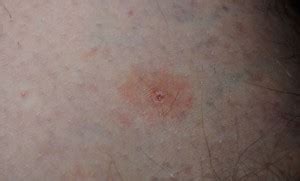
Types of Ticks and Associated Diseases
There are several types of ticks that can transmit diseases, including the blacklegged tick, the lone star tick, and the American dog tick. Each type of tick is associated with specific diseases, and understanding the types of ticks and their associated diseases can help individuals take steps to prevent tick bites. For example, the blacklegged tick is the primary vector of Lyme disease, while the lone star tick is associated with Southern tick-associated rash illness (STARI).Symptoms of Tick Bite Rash
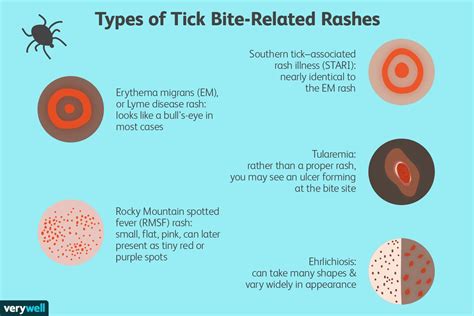
Stages of Tick Bite Rash
The stages of a tick bite rash can vary depending on the type of tick and the individual's immune response. In general, the rash can progress through several stages, including an initial red bump or blister, followed by an expanding rash that can spread to other parts of the body. In some cases, the rash may resolve on its own, while in other cases, it may require medical treatment.Treatment Options for Tick Bite Rash

Home Remedies for Tick Bite Rash
There are several home remedies that can help alleviate the symptoms of a tick bite rash, including applying cold compresses to reduce inflammation, using topical creams or ointments to reduce itching and discomfort, and taking over-the-counter pain medications to reduce pain and fever. However, it is essential to consult with a healthcare professional before attempting any home remedies, as they may not be effective for all types of tick bite rashes.Prevention of Tick Bite Rash
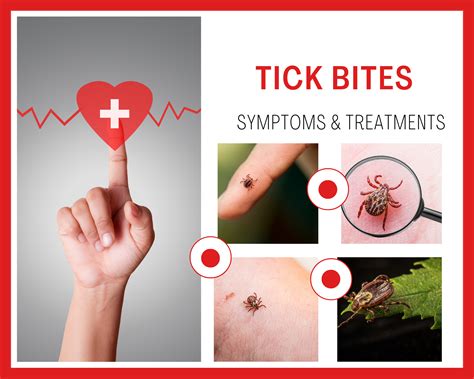
Tick Removal Techniques
Removing an attached tick promptly and correctly is essential to prevent the transmission of diseases. The most effective way to remove a tick is to use fine-tipped tweezers, grasping the tick as close to the skin as possible and pulling upwards with steady, even pressure. Avoid using home remedies, such as applying heat or petroleum jelly, as these can cause the tick to burrow deeper into the skin.Complications of Tick Bite Rash
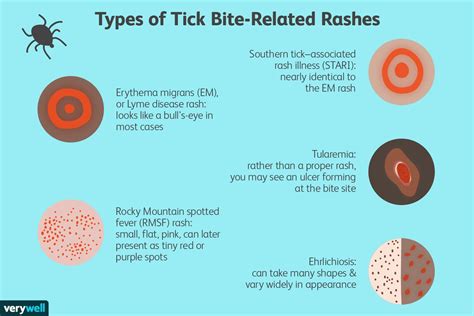
Long-Term Effects of Tick Bite Rash
The long-term effects of a tick bite rash can vary depending on the underlying cause and the individual's symptoms. In general, individuals who experience a tick bite rash may be at increased risk of developing long-term complications, such as joint pain, swelling, and stiffness, as well as neurological problems, such as memory loss and cognitive impairment. However, with prompt treatment and proper prevention, individuals can reduce their risk of long-term complications.Conclusion and Next Steps
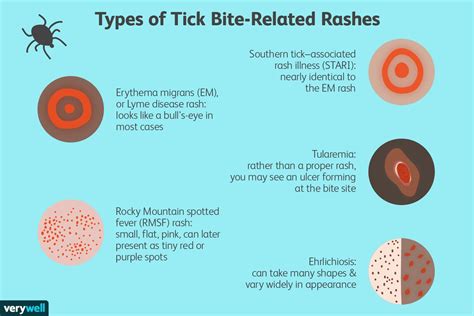
What are the most common causes of tick bite rashes?
+The most common causes of tick bite rashes include Lyme disease, Rocky Mountain spotted fever, and Southern tick-associated rash illness (STARI).
How can I prevent tick bites and reduce my risk of tick bite rashes?
+Individuals can prevent tick bites by wearing protective clothing, using insect repellents, and avoiding areas where ticks are common. Additionally, individuals can conduct regular tick checks after spending time outdoors, removing any attached ticks promptly and correctly.
What are the long-term effects of a tick bite rash?
+The long-term effects of a tick bite rash can vary depending on the underlying cause and the individual's symptoms. In general, individuals who experience a tick bite rash may be at increased risk of developing long-term complications, such as joint pain, swelling, and stiffness, as well as neurological problems, such as memory loss and cognitive impairment.
